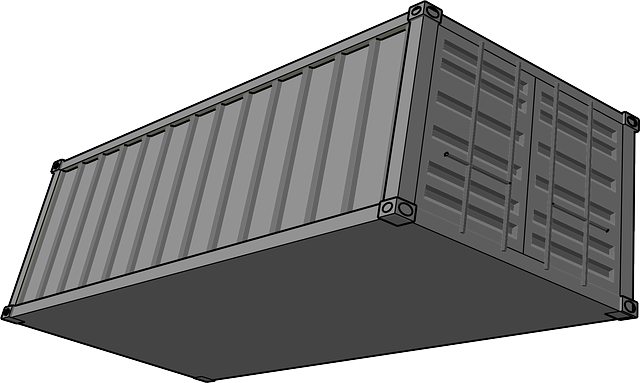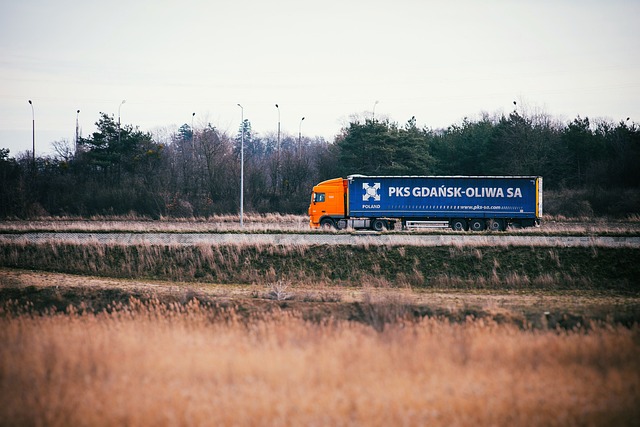Physical damage coverage for fleet trucks is a critical risk management tool for businesses relying on vehicle operations. It protects against financial losses from accidents, natural disasters, and other incidents causing direct harm to trucks, covering repair or replacement costs. By building strategic partnerships with insurers, businesses can optimize their physical damage coverage, understanding policy terms to manage costs effectively. This collaboration allows for customized options like protection against cargo loss, vehicle theft, and specific local perils, fostering trust, accurate risk assessments, and enhanced protection for trucking operations.
Insurers play a pivotal role in mitigating risks for trucking businesses, especially regarding physical damage coverage for fleet trucks. This article delves into the strategic importance of fostering collaboration between insurers and trucking companies to optimize this crucial aspect of risk management. We explore how such partnerships can enhance safety, streamline operations, and offer customized solutions tailored to the unique needs of efficient fleet management. By understanding and leveraging physical damage coverage, trucking businesses can navigate risks more effectively.
Understanding Physical Damage Coverage for Fleet Trucks: A Comprehensive Overview

Physical damage coverage for fleet trucks is an essential aspect of risk management for businesses relying on a fleet of vehicles to operate. This type of insurance protects against financial losses resulting from accidents, natural disasters, or other incidents causing direct physical harm to the trucks themselves. It covers the cost of repairs or replacements, providing peace of mind for fleet owners who invest heavily in their vehicle infrastructure.
Comprehensive physical damage coverage goes beyond basic liability insurance, offering protection against a wide range of perils. This includes coverage for collisions with other vehicles, vandalism, theft, and even weather-related damage like hailstorms or flooding. Understanding the intricacies of this coverage is crucial when optimizing fleet operations. By carefully reviewing policy terms and conditions, businesses can ensure that their physical damage insurance aligns with their specific needs, maximizing protection while aligning costs effectively.
The Benefits of Collaboration: Enhancing Risk Management for Trucking Businesses

Collaboration between trucking businesses and insurers offers significant advantages, especially in optimizing physical damage coverage for fleet trucks. By working together, these entities can enhance risk management strategies, leading to more robust and tailored insurance solutions. This partnership enables insurers to gain deeper insights into the unique challenges faced by trucking operations, allowing them to design policies that accurately reflect these risks.
Through shared data and expertise, collaboration ensures that physical damage coverage for fleet trucks is not just reactive but proactive. Insurers can identify patterns and trends in potential hazards, natural disasters, or road conditions that may impact truck fleets. This enables them to offer customized coverage options, ensuring trucking businesses are protected against specific risks they encounter during their operations, thereby streamlining risk management processes.
Building Strategic Partnerships: Effective Communication and Alignment with Insurers

Building strategic partnerships with insurers is a pivotal step in optimizing physical damage coverage for fleet trucks. Effective communication involves clearly articulating the unique risks and needs associated with commercial trucking operations. By aligning goals and expectations, businesses can ensure their insurance policies reflect the dynamic nature of the industry. This collaborative approach allows insurers to customize coverage options, such as comprehensive protection against cargo loss, vehicle theft, and accidents, catering specifically to the high-risk, round-the-clock demands of fleet truckers.
Regular engagement with insurer representatives fosters a deep understanding of emerging trends in physical damage claims for fleet trucks. This knowledge enables both parties to anticipate potential risks and proactively develop innovative solutions. Through mutual trust and transparency, strategic partnerships can lead to more accurate risk assessments, better pricing structures, and ultimately, enhanced protection for businesses operating a fleet of trucks.
Optimizing Coverage Options: Customized Solutions for Efficient Fleet Management

In today’s competitive landscape, efficient fleet management is a game-changer for businesses reliant on truck operations. By fostering collaboration with insurers, companies can optimize physical damage coverage tailored to their unique needs. This customized approach ensures that policies align with the specific risks and assets associated with their trucking fleet, offering peace of mind and cost savings.
Insurers can work closely with fleet managers to assess factors such as vehicle types, driving patterns, and geographic locations. This data-driven analysis enables insurers to propose innovative coverage options. For instance, targeted physical damage coverage can be designed to protect against specific perils prevalent in certain areas, like weather-related incidents or road debris. Such customized solutions not only enhance fleet safety but also streamline claims processes, making them more efficient and responsive to business needs.
Fostering collaboration between trucking businesses and insurers is a strategic move towards optimizing physical damage coverage for fleet trucks. By aligning interests and improving communication, both parties can enhance risk management, leading to more efficient fleet operations and reduced costs. Understanding the nuances of physical damage coverage and tailoring insurance solutions to meet specific needs ensures that trucking companies are well-protected against potential losses. This collaborative approach is a game-changer, revolutionizing the way businesses navigate the complex landscape of insurance, ultimately fostering a safer and more prosperous trucking industry.
